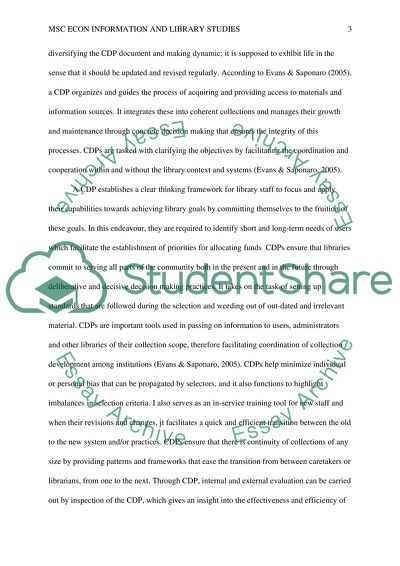Cite this document
(“Discuss, critically, the contribution that a formal written collection Essay”, n.d.)
Retrieved from https://studentshare.org/literature/1486420-discuss-critically-the-contribution-that-a-formal
Retrieved from https://studentshare.org/literature/1486420-discuss-critically-the-contribution-that-a-formal
(Discuss, Critically, the Contribution That a Formal Written Collection Essay)
https://studentshare.org/literature/1486420-discuss-critically-the-contribution-that-a-formal.
https://studentshare.org/literature/1486420-discuss-critically-the-contribution-that-a-formal.
“Discuss, Critically, the Contribution That a Formal Written Collection Essay”, n.d. https://studentshare.org/literature/1486420-discuss-critically-the-contribution-that-a-formal.


